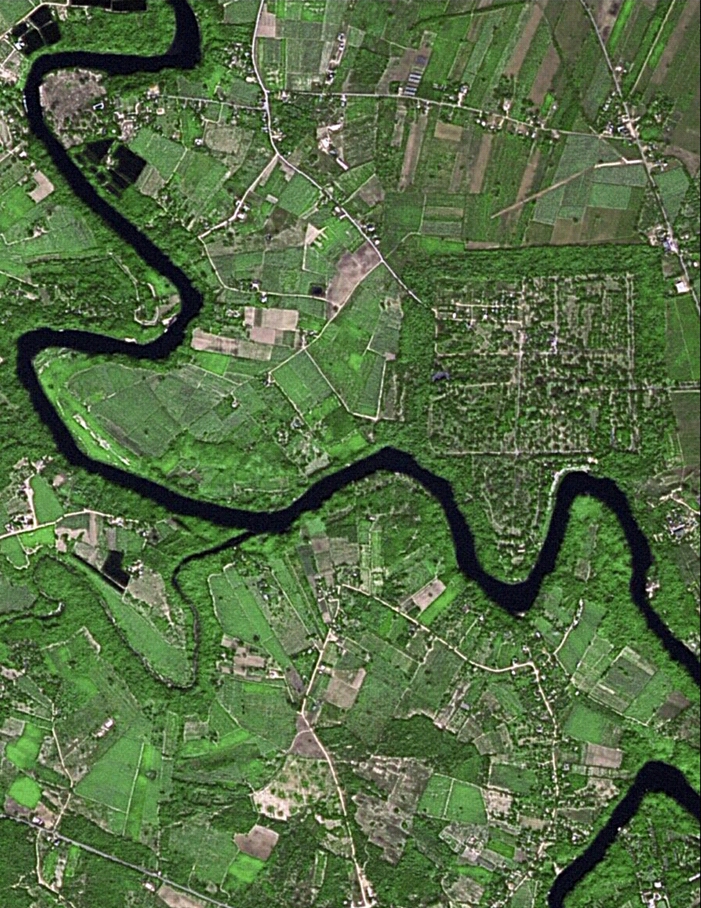abstract: Tracing Post-Dvaravati Culture from Space: applying remote sensing techniques in west-central Thailand

อ่านรายงานการวิจัย “การสำรวจวัฒนธรรมโบราณบนลุ่มน้ำแม่กลอง-ท่าจีน ในช่วงพุทธศตวรรษที่ 16-18 ด้วยเทคโนโลยีสื่อระยะไกล (Remote Sensing)” โดย ผศ.ดร.พจนก กาญจนจันทร และคณะ ได้ ที่นี่
Supamas Duangsakun (Fine Art Department of Thailand)
Budssaba Uamkasem (Ministry of Science and Technology, Thailand)
Ramphing Simking (Ministry of Science and Technology, Thailand)
นำเสนอในการประชุมวิชาการนานาชาติ the 14th International Conference of the European Association of Southeast Asian Archaeologists (EurASEAA)
วันที่ 18-21 กันยายน 2555 ณ กรุงดับลิน สาธารณรัฐไอร์แลนด์
abstract
This paper presents the results of recent research on the historical period of west-central Thailand c. 10th-13th centuries. At this time Dvaravati was in a stage of decline, whilst the prominent rivals of Pagan and Angkor began to prosper. The construction of stone sanctuaries in the Bayon style in west-central Thailand has caused hot debate regarding the influence of Jayavarman VII over that part of Thailand. However, the successors of Dvaravati can be considered to have played a significant part in the socio-economy of that period.
This research explores the landscape of the study region using remote sensing techniques as well as conventional methods of field survey. The presentation will illustrate how satellite images can help in identifying ancient sites. These new discoveries and current evidence will be discussed, and some issues on the archaeology of the transitional period post-Dvaravati and pre-Suphannabhum (c. AD 1000-1300) will be addressed. West-central Thailand is believed to have been a desirable land rich in resources throughout its history. It is hoped that this work will contribute to the understanding of social changes after the Dvaravati period, when economic power shifted to other parts of Mainland Southeast Asia.


